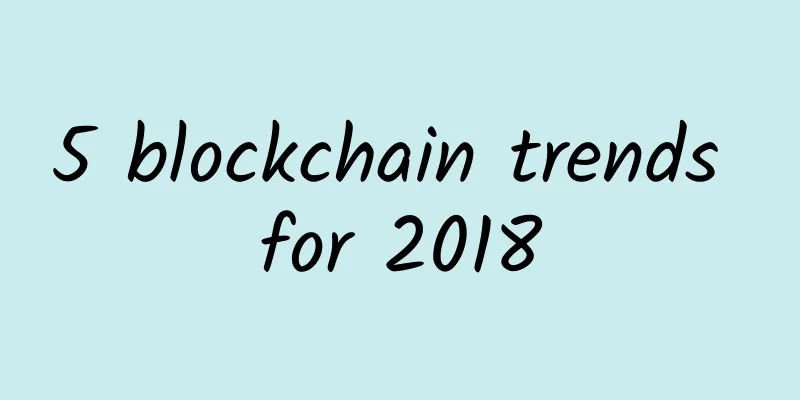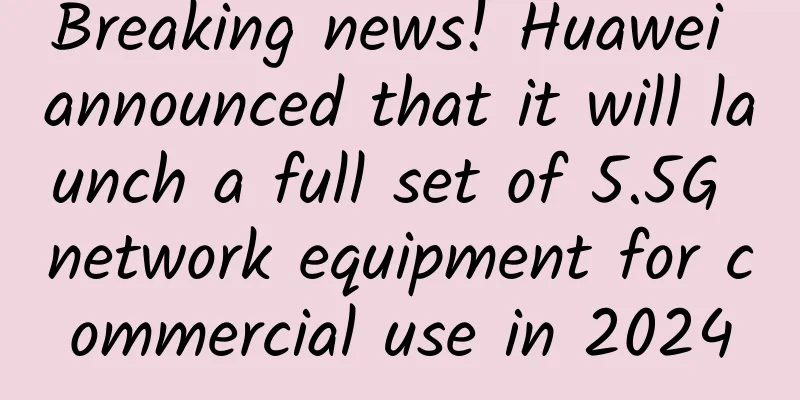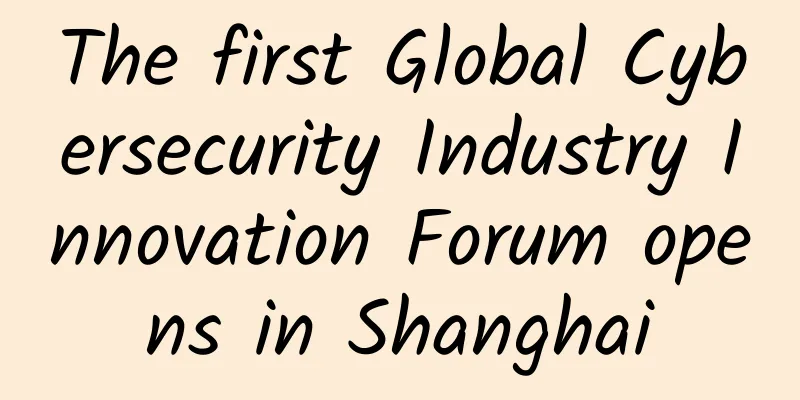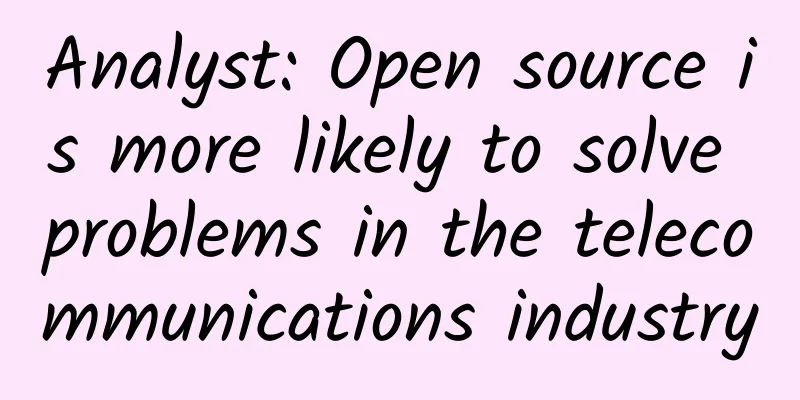6 trends that will boost the impact of IoT in 2018
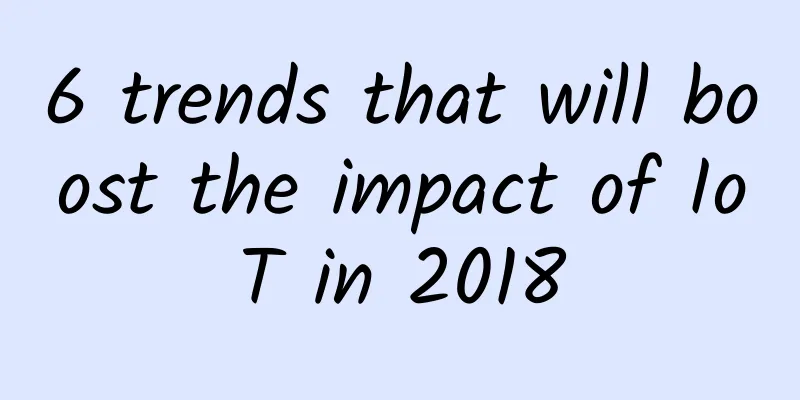
|
In 2016-2017, the trend of IoT was widely accepted. In 2018, more ideas and practical complexities will be solved and rise to the next level of implementation. Since devices can be expressed digitally, it becomes easier to monitor them so that real-time data flow is closer to relative and reliable. This is a fast-paced trend that can be realized through the IoT trend that has been predicted for many years. 1. The hybrid of blockchain and IoT Blockchain is the most talked about feature since 2016. The stunning success of blockchain-based cryptocurrencies has made this technology the standard bearer for seamless transactions, reducing costs and eliminating trust in central data sources. Blockchain works by enhancing trusted engagement through a secure, accelerated, and transparent model. Businesses can benefit through automated coded transactions and faster transactions. As a result, real-time data from IoT channels can be utilized in such transactions while protecting the privacy of all parties involved. Security remains the primary challenge for IoT, which the encryption process of authorized blockchains can help solve. Blockchain provides security against data theft, which is exactly what IoT networks need.
2. Venture capitalists will become more confident The Internet of Things has an undeniable impact and will continue to attract more VCs to invest in highly innovative projects. It is one of the few markets that has attracted interest from both emerging and traditional startup investors. Although growth will be severely tested next year and the true potential has yet to be tapped, IoT companies will be favored over all others. About 28% of companies in transportation, retail, insurance and mining are convinced to add IoT to their service models. 3. Increasing reliance on big data analysis The core of IoT is dynamic data sharing. Big data analysis will help build responsive applications. Combining IoT data channels with machine learning engines to obtain demand analysis insights has gained momentum this year and will usher in a spurt in 2018. As IoT service providers, enterprises must guide their innovation to the foundation of predictive analysis. Subsequently, the demand for big data skills will rise by 75%, and the use of data in HR systems has already begun to be tested. Although most IoT service providers have emphasized the shortage of such technical talents, internal learning projects closely related to R&D have already sounded the alarm. 4. Artificial intelligence will also play a role Machine learning capabilities are the most recognized AI technology, which can calculate data based on predictive thinking without manual programming and triggering real-time tasks in IoT channels. That is, by stimulating real-time reminders from programmed instructions, IoT will become intelligent, capture instructions obtained from our daily habits, and perform manual tasks for us. Apple's "Siri" and even automatic coffee. This will enable the Internet of Things to leap from smart devices to fully equipped smart homes. This precise information with a secure transaction environment can be innovated to improve operational efficiency and enhance customer engagement. 5. Devices will become a marketing platform As technology is integrated into our daily lives, we are more receptive to automatically recommending relevant brands based on our status and pursuing more personalized living habits in our daily lives. Customer data has great significance here, and using it for personalized marketing will continue to grow. The information we provide instantly feeds into various marketing platforms. For example, car service operators offer lucrative discounts after they have access to your driving data, while insurance companies also share your details. 6. The number of connected devices will double The rapid adoption of IoT projects over the past five years has resulted in billions of connected devices. As consumers continue to indulge in more electronic gadgets, the IoT will explode. The number of connected devices grew from millions (4.9) in 2015 to billions (6.1) in 2016. This will at least double by 2018 and reach 46 billion by 2021. More IoT devices will be coming into this channel than ever before. This is our direct reliance on electronics, and this is how our future is being shaped. See: About two-thirds of Americans use an iOS-connected device. The glue that binds these trends Their first priority is narrowband IoT (nb-IoT), a low-power area network that is sufficient to meet the needs of IoT devices - smaller bandwidth, greater connection density, lower operating costs and long-lasting battery life. Don't miss wearable devices, which present a higher degree of personalized intelligent data sharing for managing assets. The Internet of Things doesn’t stop there! A host of inventions that were previously doubted are now finally seeing the light of day. |
>>: Industry hot spots of data center in 2018
Recommend
Huawei and China Telecom jointly release innovative results of "Cloud Network Core Capabilities", leading a new paradigm of strategic cooperation
On March 1, during MWC22 Barcelona, Huawei and ...
ATCLOUD: $3/month KVM-1GB/20GB/1TB/USA, UK, Singapore, Germany, France, etc.
ATCLOUD is a foreign hosting company founded in 2...
Intent-based networking: Closing the network complexity gap
In the past decade, networks have undergone a var...
The first half of the year for the three major operators ended: the number of 5G package users approached 500 million and the penetration rate exceeded 30%
[[412357]] Yesterday, the three major operators r...
Enrich online and in-app user experience and increase ROI through optimized video
Today's consumers are more eager than ever to...
Nokia deploys 5G SA private network for crane manufacturer Konecranes
Nokia has announced a partnership with EDZCOM, a ...
NFV/SDN is a must for 5G, not an option
The arrival of 5G is not only an evolution of net...
Choosing a PoE Standard for Your Design: PoE, PoE+, and PoE++
Power over Ethernet standards have important diff...
The Changing Data Center: The Impact of Network Costs
As data center infrastructure adopts artificial i...
To get rid of the embarrassment, my country needs a "devil's pace" to accelerate IPv6
Artificial intelligence, big data, cloud computin...
Goodbye, endless pop-up ads
In recent years, with the rapid development of mo...
What is the blockchain that is frequently mentioned on the screen? What is unique about it?
At the beginning of the new year, in addition to ...
Why the popular dual-band wireless router advantages tell you
Open the e-commerce website, dual-band wireless r...
Comprehensive network monitoring tools to watch in 2020
Network monitoring is one of the most important n...
Where is the future of 5G private networks?
The 4G and 5G networks that you usually use to ma...
